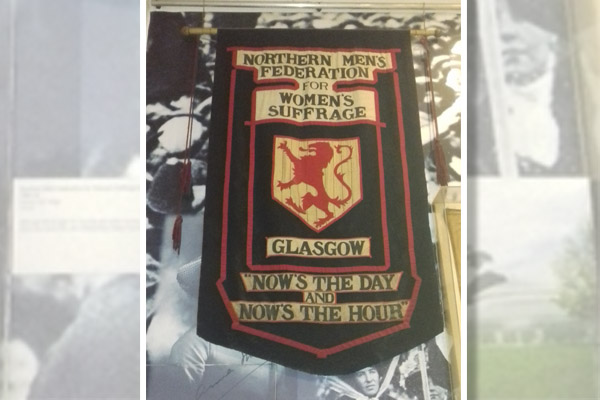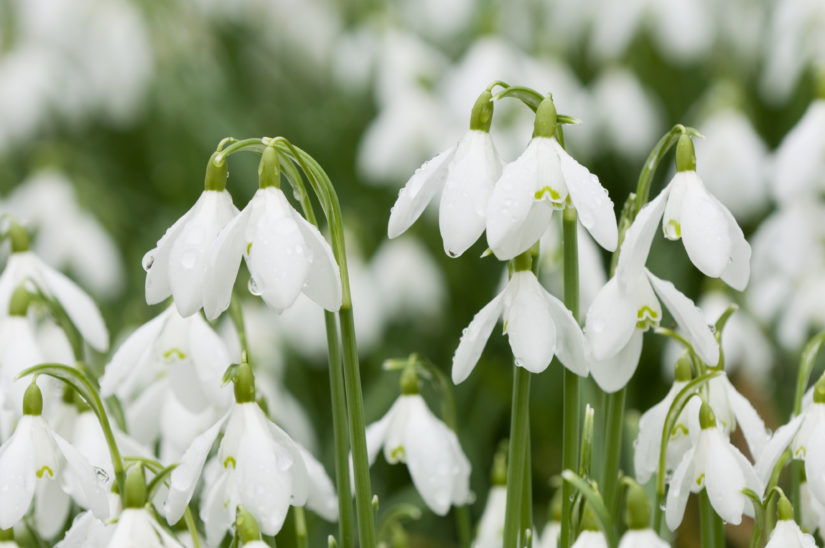Long Read Writing

Our long read stories are proving ever popular in the magazine, with reader and writer alike. Crime is the genre often associated with long reads, but we have also featured espionage and adventure reads, both historical and contemporary.
Long reads can be seen as the proving ground of writers; it’s like saying to a writer, you have 9500 words to fill a story with – show me what you can do.
Take the crime genre as an example. It’s a world away from romantic fiction, but the genre will give a writer a chance to experiment with a different style of writing. It’s also a good opportunity to develop characters and weave more intricate plots. The storylines can be a little edgier than the weekly, as well.
Stepping-stone Writing
Edgier doesn’t mean losing sight of the intrinsic values of the “Friend”, though. A good example would be a murder mystery storyline, where the perpetrator has committed a crime, and then the protagonist has to solve the case. That crime would never be vividly highlighted and, more often than not, these crimes are “off-camera”. That is, they have already been committed, and what follows is the solving of the crime. And in the world of the “Friend”, justice always prevails.
Long reads can also serve as a stepping-stone to serial writing. I know of a few writers who have cut their teeth on the format before progressing to become proficient serial writers. Long reads are about a writer’s expressiveness, trying something new outwith the confines of the short story boundaries, where a writer can learn more about pacing and characterisation.
We often label our long reads as “cosy crime”, which is a good way of summing up the stories to reader and writer alike.










